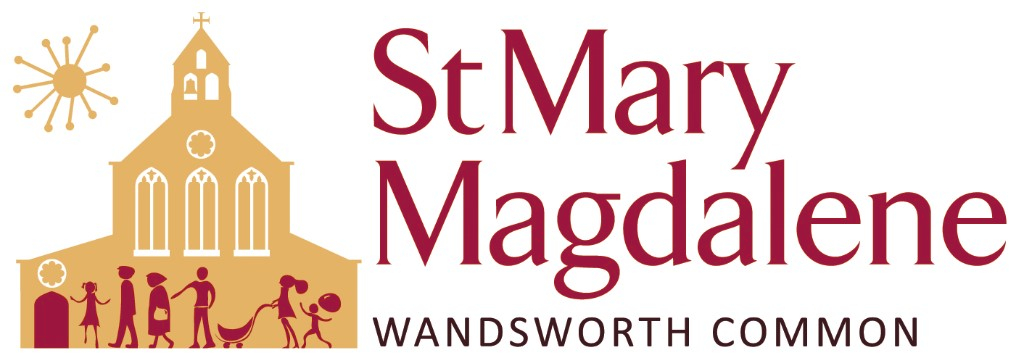Arthur Prismall: Sunday 14th March 1915
Arthur joined the 4th Middlesex RVC (West London Rifles) in 1881, receiving a commission in 1897 and retiring in 1905. Following the formation of the Territorial Force in 1907 he rejoined and was gazetted Captain 10 December 1907. He volunteered for foreign service at the outbreak of war.
As one of the officers of ‘D’ company, he sailed to Le Havre with the 13th (Kensington) battalion London Regiment on 4 October 1914. On 15 November he transferred to ‘B’ company, a few days before the battalion went into the front line trenches for the first time.
He was mentioned in Field Marshal Sir John (later Lord) French’s despatch of 31 May 1915 for gallant and distinguished service in the field. The Commanding Officer’s orders for the battle of Neuve Chapelle left it to individual officers to decide whether to go into action with drawn swords. Some did but it is not known whether Arthur was one of them.
Their Regimental History describes the Kensington’s experiences during Neuve Chapelle. C Company was involved on the first day and advanced at 9 a.m. to the village cemetery, where they had to take cover amidst churned-up graves. On the 12th of March, their C.O. (Lieutenant-Colonel Lewis) noted that by 12.25 p.m. the German bombardment of their positions (in the old front line) was “Perfect Hell”. The bombardment lasted for nine hours, and this ordeal can only be imagined.
On the 14th of March, as the battle fizzled to a close, Arthur was killed, aged 53 and was buried in Neuve-Chapelle Farm Cemetery, located in what was no man’s land before the battle. There are only 35 identified graves out of 60 soldiers who are buried here. Of these, all except one date from the time of the Battle of Neuve-Chapelle, and many are the graves of men of the 13th London (Kensington) Regiment, who started the cemetery during the battle. There are also a small number of graves from other regiments involved in the battle (such as the Lincolns and the Royal Irish Rifles).
The battalion history states: ” He was very popular, not only with his own company but with the whole battalion. The senior officer in age, he had nevertheless endured the long and arduous months of trench warfare, ever ready to encourage with a cheery word the men under his command. The sympathy of all ranks went out to his son Lt. M A Prismall who had joined the battalion two days previously.”
The Times reported his death on 17 May 1915. He is also remembered on the war memorial at the Private Banks Cricket and Athletic Club in Catford. At the time this was a first-class cricket ground. Probate was granted to his wife for £355 16s 8d.
Arthur was born 3 January 1862 and educated privately. He was born in Thatcham, Hants. to Samuel and Jane. He was one of five children 4 boys and a girl. Their father was described as a vetenary castrator.
He married Sarah Russell Thomson in the Spring of 1890. In 1911 they lived at 58 Cromford Road, West Hill but moved to 65 Loxley Road by the outbreak of war. They had 4 children, 3 of whom survived. The surviving children were Dorothy, born 1891, Maurice Arthur, born 1892 who was a bank clerk and later joined his father’s regiment and Alan born 1900.
Arthur spent 30 years working for Glyn Mills & Currie & Co Bank, the first private bank to publish half-yearly balance sheets. This is one of the constituent banks which went to form the current Royal Bank of Scotland and Arthur is included in their roll of Honour. His Bank was instrumental in preventing the collapse of Barings Brothers Bank, thereby saving a number of London’s financial institutions from ruin. You may remember the final collapse of Barings a few years ago following the actions of a rouge trader and the more recent woes of RBS. He is remembered on the RBS 1914-1918 Roll of Honour.
Lieutenant MA Prismall, who was educated at Emanuel, survived the War and then had to convince the authorities that he and his father were separate people and two sets of medals were issued. By this point, he had risen to Major with the London Regiment and been wounded. The War office noted his medal card as Arthur’s brother, this was an error and it should read son. In 1920 “M A” still gave his address as 65 Loxley Road. Maurice later moved to Kensington.
